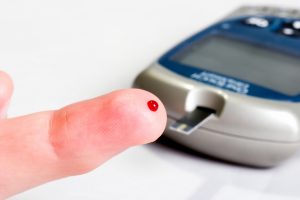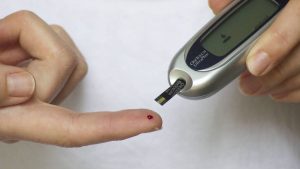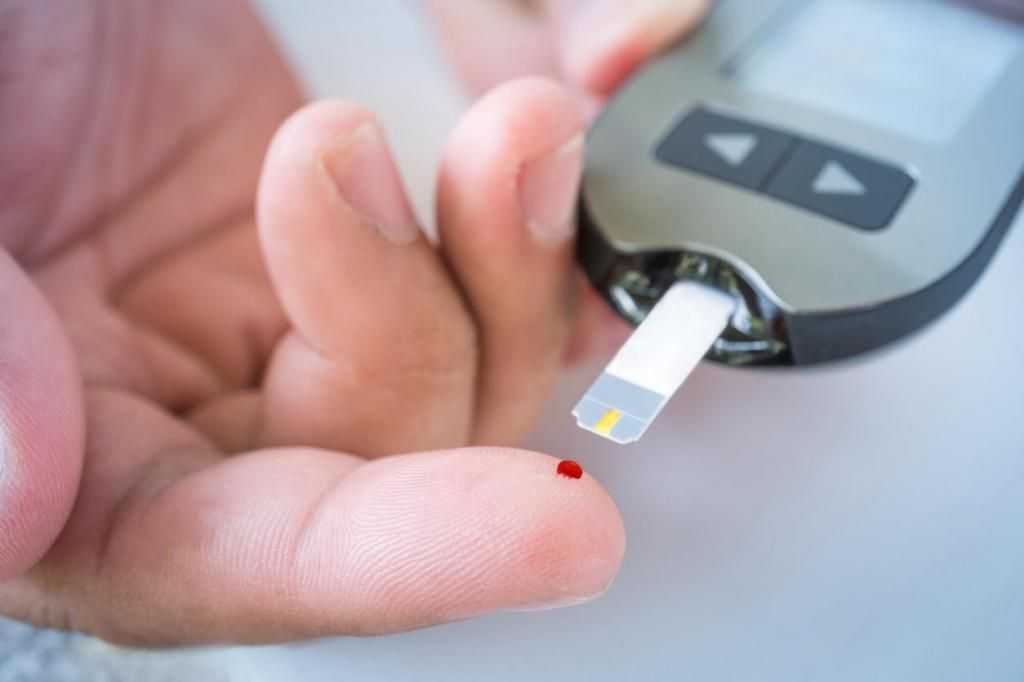Over the past 3 decades, the prevalence of diabetes mellitus has steadily increased along with the incidence of obesity and overweight. Any type of diabetes mellitus is dangerous for its complications, but in many cases they can be avoided. To do this, it is necessary to strictly follow the instructions of the attending physician, adhere to a healthy diet, do not forget about physical activity (they should also be discussed with the doctor), quit smoking, control blood glucose levels, and, of course, follow the recommendations for drug treatment.
Risks of uncontrolled diabetes
The violation of carbohydrate metabolism occurring in diabetes mellitus leads to pathological changes in almost all organs and tissues. And the risk of these chronic complications is higher, the higher the spikes in blood glucose. Diabetes mellitus is the main cause of blindness in adults, the cause of renal failure and an indication for limb amputation due to the development of purulent complications against the background of impaired blood supply.
These chronic complications, which greatly affect the patient’s quality of life, develop gradually. Nothing bothers, does not hurt or worries, however, the high level of sugar in the blood gradually “does its bad thing.” And at a certain stage, the patient is faced with the fact that, for example, flickering spots appear in front of the eyes. He goes to the ophthalmologist, and there is a large retinal detachment. Yes, the operation can be done, but there are no guarantees, and even if everything is successful, such a life is full of limitations.
Someone’s kidneys are the first to be hit. Developing rather slowly and gradually, diabetic kidney disease goes unnoticed for a long time, since there is no discomfort. And only at pronounced stages (often far advanced) do clinical symptoms appear, first of all, blood pressure rises steadily, which leads to even greater damage to target organs. And this list of adverse effects can be continued for a very long time.
However, thousands of patients with diabetes mellitus are living full and active lives. And they are helped in this by glucometers, which measure the level of sugar in the blood.
After all, it is hyperglycemia (increased concentration of glucose in the blood) that inflicts the main blow from which all organs and tissues suffer.
The analysis of blood sugar allows you to assess how effective the antihyperglycemic therapy is, in which direction it is necessary to optimize the treatment and change the lifestyle and nutrition, how to quickly adjust the dose of the drug in order to avoid negative effects on the body, etc. Therefore, it is so important to have on hand A reliable and proven blood glucose meter that makes it as easy as counting two and two to measure blood sugar at home.
How to choose a glucometer
The blood glucose meter is a portable device for measuring the concentration of glucose in blood, which is equipped with a rechargeable battery, a semi-automatic scarifier, and an electronic unit. These are the general characteristics of the device. In general, all blood glucose meters on the market have similar characteristics, so when choosing a specific model it is quite possible to focus on your own feelings and personal convenience.
Of course, there are some details to consider. If you have poor eyesight, there should be easy-to-read characters. If you have to measure glucose levels often (as, for example, with type 1 diabetes), then you should pay attention to the cost of consumables.
How to use the meter
Depending on the type of diabetes, the doctor advises the optimal number of measurements per day. So, with the first type, it is usually recommended to determine the concentration of glucose in the blood 4 times a day, and with diabetes of the second type, as a rule, a 2-time measurement is sufficient. With an unstable glycemic profile, more frequent measurement is required. Your endocrinologist will tell you about all these nuances. And now about the measurement technique itself at home:
Wash your hands with soap and dry well. Do not use alcohol, as this may distort the test results.
Warm your fingers. To do this, it is enough to massage them.
Insert a new needle into the scarifier.
Remove the test strip and insert it into the slot on the meter.
Switch on the device and wait for a record of its readiness for operation to appear.
Set the desired puncture depth on the scarifier, focusing on the thickness of your skin.
Click on the lancing device. It is better to make a puncture on the lateral surface of the finger, changing places each time.
Place the drop over the test strip.
Wipe your finger with a cotton swab dipped in alcohol.
Check the result in a few seconds.
It is important that each type of meter works correctly only with the appropriate test strips. Each batch of strips is calibrated (measured to match the glucose https://en.wikipedia.org/wiki/Glucose standard) and then assigned a unique identifier.
